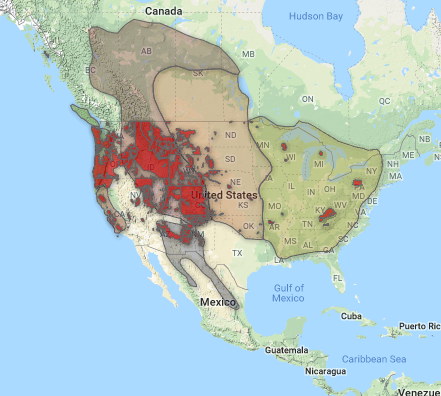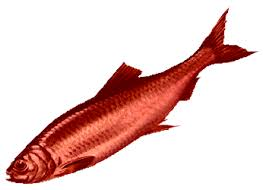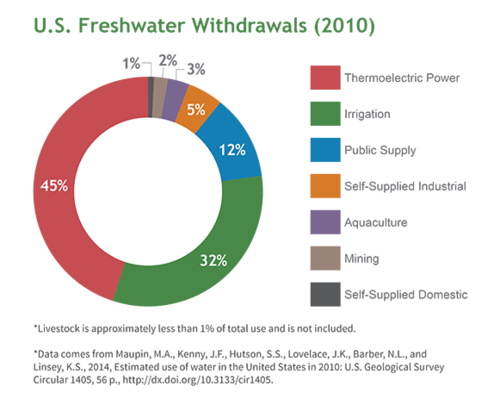“Growth for the sake of growth is the ideology of the cancer cell.” ― Edward Abbey
Back to the original question of what we can expect as populations grow in the RM states: I expect that the more generous states such as WY and CO will eventually reduce NR opportunity to something approximating what other states already have, around 10% of total opportunity. I think it would be a hard sell to go lower than that, but I was wrong once before.
Back to the original question of what we can expect as populations grow in the RM states: I expect that the more generous states such as WY and CO will eventually reduce NR opportunity to something approximating what other states already have, around 10% of total opportunity. I think it would be a hard sell to go lower than that, but I was wrong once before.











